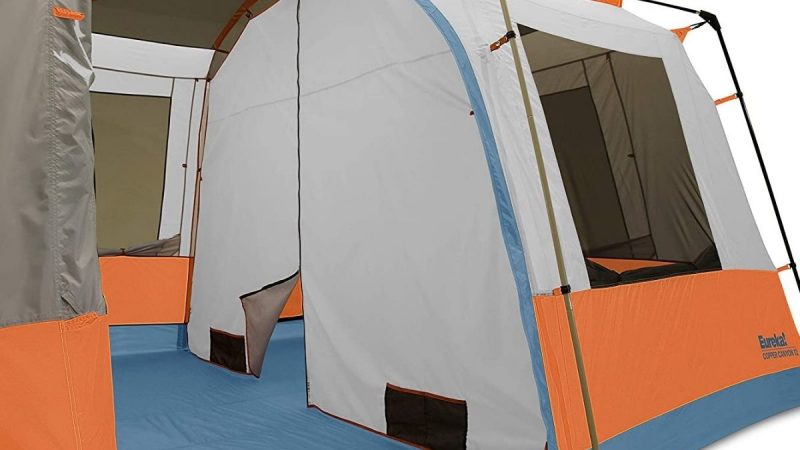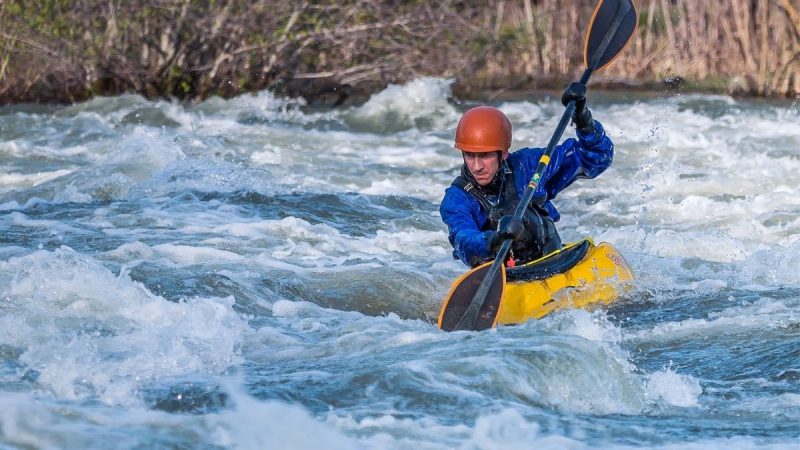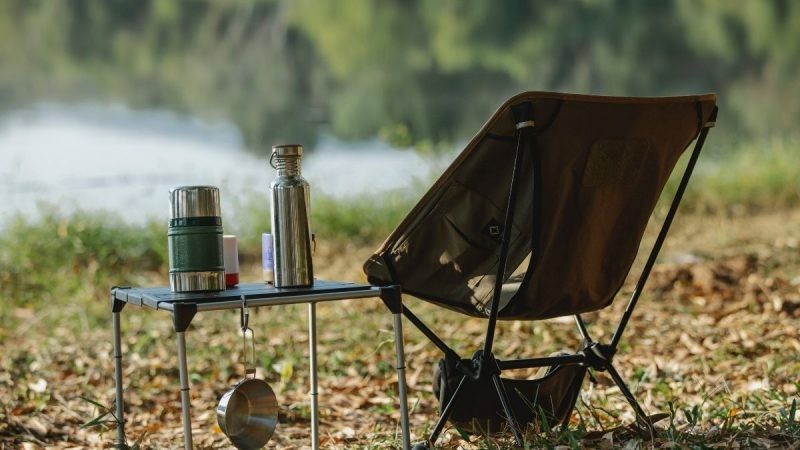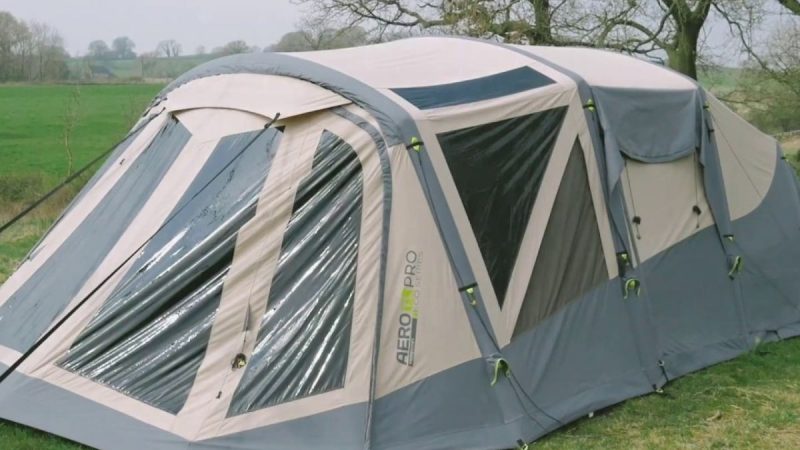Remedies for a Backpacker and Locate the Direction when Lost in the Jungle – Natural Tips for a Successful Trip

Backpacker and locate the direction to go in a forest can be tricky, but with the help of a compass, it can be much easier. The first thing you need to do is orient the compass correctly. This means finding the north arrow and making sure it is pointing in the right direction. Once the compass is oriented correctly, you can use it to find your way around.

Determine a Backpacker and Locate the Direction by the Sun
If you are in an area that is blocked from the sun, you can use a compass to determine which way is north. Hold the compass flat in your hand and turn until the red arrow on the compass points towards the sun. Once you have located north, you can use the compass to find other directions.
If you are lost in a forest, try following these steps:
- Look for natural landmarks such as hills, rivers, or lakes
- Stay put if you can’t find any landmarks and wait for help
- If possible, follow animal trails
- Follow the path of least resistance
- Use a whistle to signal for help
The most important thing to remember when a compass in a forest is to always stay aware of your surroundings. A compass can only get you so far, and it’s important to be able to navigate by other means as well. Use your intuition and common sense to stay safe while in the forest.

Rely on Trees to Determine the Direction
A backpacker and locate the direction to go in a forest can be tricky. Although rarely known, relying on trees can be of great help. The most experienced forest people do not use compasses but can go anywhere by just following the trees. It is all about Interpreting the shapes and formations of trees and their leaves.
To start, you need to understand that different species of trees grow in different directions e.g. if you find a tree with its bark facing east, then you are standing in the west direction; conversely, if the tree has its bark facing west, then you are standing in the east direction (and so on). Once you have determined the general cardinal directions i.e. North, South, East, and West; all you need to do is look out for trees that will help point you in that specific direction. For example, if you’re lost in the forest and need to find North, look out for a tree with its branches growing upwards (forming a cone shape).
Similarly, if you want to go East, look out for trees that have branches growing downwards. And if you want to go South or West, look out for trees that have branches growing in all directions.
Now, while this may seem like a difficult task – especially if you are in an unknown forest – with a bit of practice and patience, you will be able to interpret the shapes of trees and follow them in the direction you need to go. Just make sure you stay aware of your surroundings at all times!
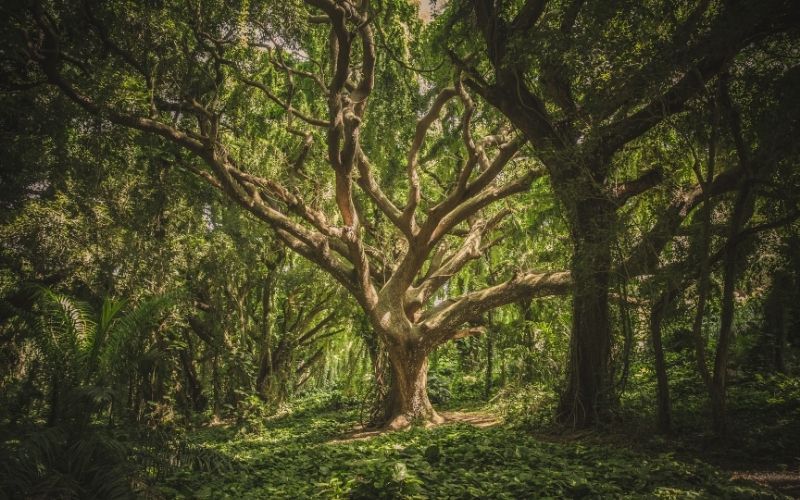
Determine the Direction by the Moon
Moon is one other great factor to determine the direction. Just like the sun, it also has a daily cycle.
If you can see the moon, there are different ways to determine the directions with its help. One way is to find the North Star, which is also called Polaris. To do this, find the Big Dipper constellation in the sky and follow the arc of its handle until you reach a very bright star. This star is Polaris, and it will always point north.
Another method of backpacker and locate the direction to find North using Moon is by using the Right Angle Method. Draw an imaginary line perpendicular (at a right angle) from where you’re standing towards the moon; then measure how far along that line North is by finding Halfway Point between your starting point and North Point.
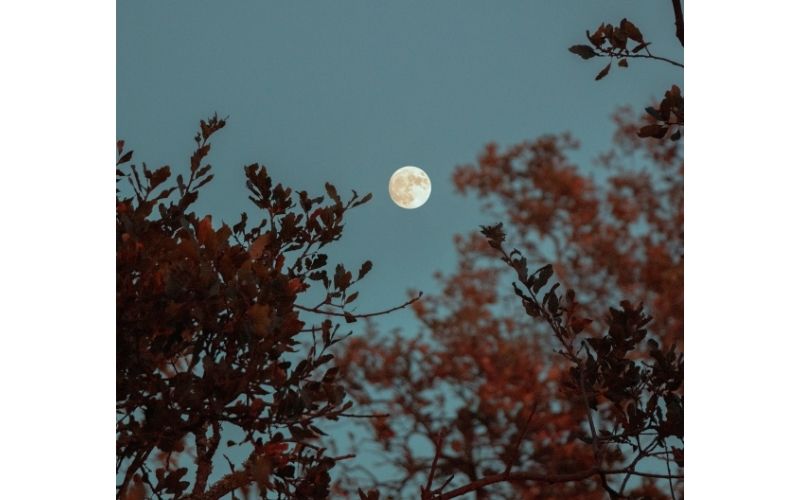
Use the Homemade Compass to Determine the Direction
If you find a piece of ferrous metal like an old nail or a magnet, rub the magnet on it several times in one direction (north to south). Make sure to turn your body while rubbing the metal. This will create a magnetic field around the metal. Once you’ve rubbed enough, place this piece of metal on top of another flat object and watch as it is drawn towards the north end of the magnet. The end where it moves closest is north and you can use that as your indicator when using your compass.
How to Determine the Direction when Going to the Forest with a Stick and Shade(Owendoff)
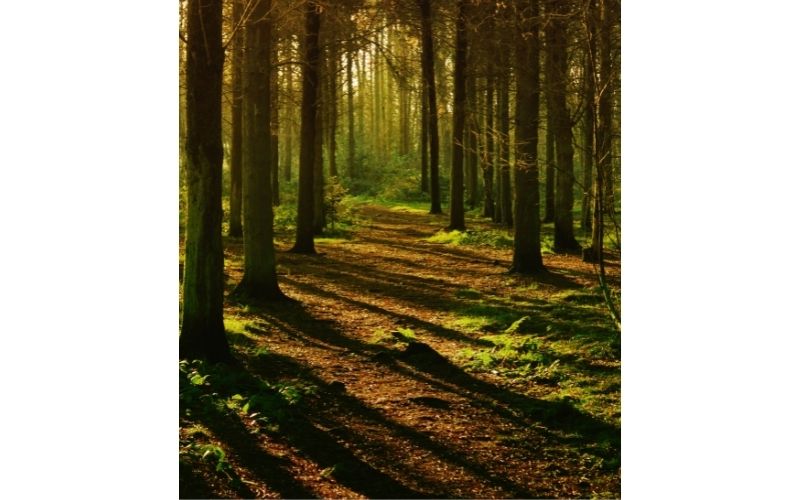
Sticks and shades are two additional ways used in backpacker and locate the direction when in a forest, and both can be easily done by following the shadows. The best time to do this is at mid-day when shadows are short or non-existent.
To Find Out which Directions North and South are:
1) Stick your arm straight up and mark where it reaches on the horizon with a small stone or twig. Then draw an imaginary line from the center of your body (the navel) and keep marking where it reaches on the horizon until you have circled. If you did this correctly, all four points will meet at one point, which is South.
2) Place your stick upright so that its shadow falls on your hand. Now use another stick to mark where the shadow falls. Place your stick at different angles and keep marking the shadows as they fall on your hand. When you find a position where all four of them meet at one point, that’s North.
To Find Out which Direction is East and West:
1) Use an analog watch to determine what time it is (you can also research online to see what the local time zone will be). The first shadow that falls will be East, and then following in order: South, West, and finally North. 2) Stand with the sun directly behind you and place your stick so that its shadow falls on your hand. Mark where this shadow falls by using another stick, keeping in mind that this will indicate West. Repeat this for South and East.
To Find North, South, East, and West when Lost Outdoors:
1. Place a stick upright on the ground.
2. Find a second stick about 3 feet long and place it so one end is pointing at the spot where the shadow of the first stick ends. Mark this spot with an X on the second stick.
3. Wait ten minutes and mark where the new shadow from your second stick falls as a point on your second stick as well as marking it with an X on the line between your sticks (this line will be aimed toward true north). Remember to keep track of which side of your first stick’s shadow points west by drawing an arrow above what you mark as west. Keep track of which side of your first stick’s shadow points east by drawing an arrow above west. Finally, draw an arrow above where you mark north and south to indicate the directions in which those sides point.
4. Wait another ten minutes and repeat the process until you have four marks on your second stick at equal intervals pointing east, west, north, and south. The line halfway between these marks will point due east-west and is true east-west if drawn at right angles to the east-west line created by your first two sticks.
5. Stand with one foot on each line so that they are aimed toward the sun at around 1 p .m. If it’s close to noon, also face due south. The line that your feet are on will show which way is north.
How to Determine the Direction when Going to the Jungle by the Stars

Another very important factor for a backpacker and locate the direction is the night sky. The sun and moon move through certain constellations, so by finding out where these constellations are at a specific period, you can determine east-west and north-south easily.
The North Star
The North Star is not the brightest in the sky, but it is one of the most important because it is directly aligned with Earth’s rotational axis and so appears completely stationary in our sky (that is why it has been termed “the Pole star”). When using the North Star to determine which direction you’re heading, first locate its position by drawing an imaginary line from it through Polaris (North) and down to the horizon.
Southern Cross Star
The Southern Cross can be used for a backpacker and locate the direction to the south, but it is difficult to find during the night. It is helpful to use the two pointer stars in Crux, which are also very bright. Draw an imaginary line between these two stars and extend it down until it touches the horizon. This will point to the true south.
How to Determine the Direction when Going to the Forest by Wind

Wind plays a vital role in helping us determine direction, and the easiest way to use it is by finding a plant or tree that has been blown over. Once you have found one, look at the root system. If the roots are pointing in a certain direction, that is the direction from which the wind was blowing when the plant was blown over.
Some Other Tips to Help a Backpacker and Locate the Direction when Going to the Forest or Mountain:
- Make a mental note of any objects you can see in the distance that is not moving, such as mountains or lakes. Once you have located these landmarks, try to remember in which direction they are situated.
- If you’re lost in a valley, the lowest point will be the bottom and the highest point will be at the top.
- The sun rises in the east and sets in the west.
- When it is nighttime, the sky will be darker on the eastern side than on the western side.
In addition to using natural markers in locating the direction like trees and plants, other methods can be used to determine direction when lost outdoors. One of these is using a compass, which can be especially helpful when lost in a jungle or forest where it’s harder to find natural markers.
To use a compass, first orient the map so that the north is facing up (place the compass on the map and rotate the map until the needle points to the north). Now, hold the compass flat against the map with the red end of the needle pointing toward magnetic north. The black end of the needle will show you which way to go (the closer it gets to 0 degrees, the more east you are; and as it moves closer to 90 degrees, you’re getting closer from the west). If there is no magnetism present (such as near mountaintops), then you can use Polaris (North Star) to find your bearings.
Conclusion
In conclusion, using a compass for a backpacker and locate the direction is not difficult, but it is important to be aware of the different methods that can be used. Moreover, Natural markers like trees and plants are often the easiest way to find your bearings, but when these aren’t available, using a compass or stars can help. Further, it would be advisable to learn your survival skills for a more successful trip in the jungle. Stay safe and enjoy your outdoor adventures!

